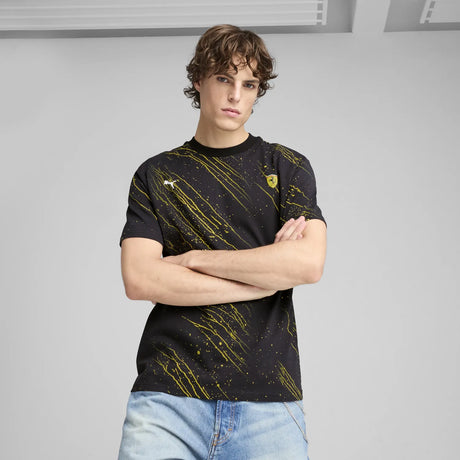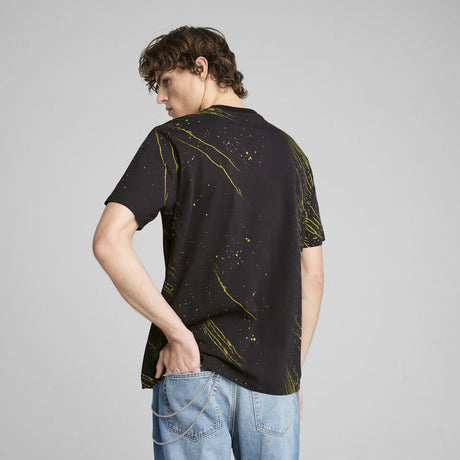As the dust settles on the 2024 Formula 1 season and teams begin implementing their strategies for the significant regulation overhaul of 2026, all eyes are on Alpine and the pivotal question: Who will partner Pierre Gasly in the next era of the team's journey? With Esteban Ocon's departure on the horizon and an open seat that has become one of the most-discussed prizes in the paddock, the strategic decision facing Alpine’s management is not just about filling a cockpit, but about defining the future trajectory of the Enstone-based outfit.
Alpine’s roadmap for 2026 is both ambitious and fraught with uncertainty. The Formula 1 landscape is poised for a major shake-up as new engine regulations take effect, placing a premium on technical innovation, driver adaptability, and team harmony. For Alpine—still reeling from fluctuating performances, leadership changes, and the relentless challenge posed by their midfield rivals—selecting the right driver to work alongside Gasly will be crucial. The decision must strike a delicate balance: prioritizing experience, raw speed, technical feedback, and team morale.
Rumors swirl in the paddock about potential candidates, and Alpine’s shortlist is as intriguing as it is diverse. Jack Doohan, the young Australian and current Alpine reserve, has been steadily integrating with the squad—participating in testing programs, simulator work, and racing in Formula 2. While Doohan's ultimate F1 readiness is still in question, many insiders see him as a logical, cost-effective choice, in keeping with the team's past inclination to nurture talent from within.
However, a contrary school of thought argues strongly for experience—particularly with the upcoming regulatory reset, which will place immense value on technical understanding and setup feedback. Hence, names like Valtteri Bottas and Carlos Sainz have been attached to the Enstone squad. Bottas, with his vast Mercedes and Alfa Romeo/Sauber experience, represents the classic 'safe pair of hands.' Meanwhile, Sainz’s career resurgence and free-agent status have seen his stock soar, especially with strong ties to Renault/Alpine from his earlier career and the technical qualities he brings in car development.
Other 'wild card' candidates also can't be discounted, with Alpine’s management signaling their openness to thinking outside the box. Young talents from across the junior formulas, or even those currently overlooked or displaced from other teams amid the 'silly season' musical chairs, could spring a surprise. The likes of Mick Schumacher and even seasoned drivers like Daniel Ricciardo have cropped up in speculation. Ricciardo, of course, has prior experience and podiums with the Renault works team, though reuniting with Gasly (with whom Ricciardo has a checkered past) might be seen as a risky gamble for team cohesion.
From a Hungarian F1 fan and journalist's perspective, Alpine’s situation is emblematic of the modern Formula 1 drama: a confluence of driver market volatility, technical evolution, and the very human element of sporting ambition. Alpine must not only find a driver who can match Gasly’s intensity on and off track, but someone able to inspire engineers, withstand pressure, and act as ambassador for a team that aspires to return to the podium regularly.
The upcoming driver decision is thus about more than lap times and qualifying performances—it's about forging a leadership duo ready to bring Alpine back to the upper echelons of Grand Prix racing. Fans in Hungary and across Europe will watch closely, knowing that the right choice could shape the complexion of Formula 1's next great chapter.
As the 2026 reset approaches, Alpine’s team bosses must weigh risk and reward, youth and experience. Their next move could define not only Gasly’s tenure, but the legacy of a team with deep historic roots—and ambitions that stretch far beyond the French flag. Stay tuned, Formula 1 supporters, because the battle for Alpine’s second seat could yet provide the most dramatic storyline of the next two seasons.



















































































































































































































































































































































































































































































































